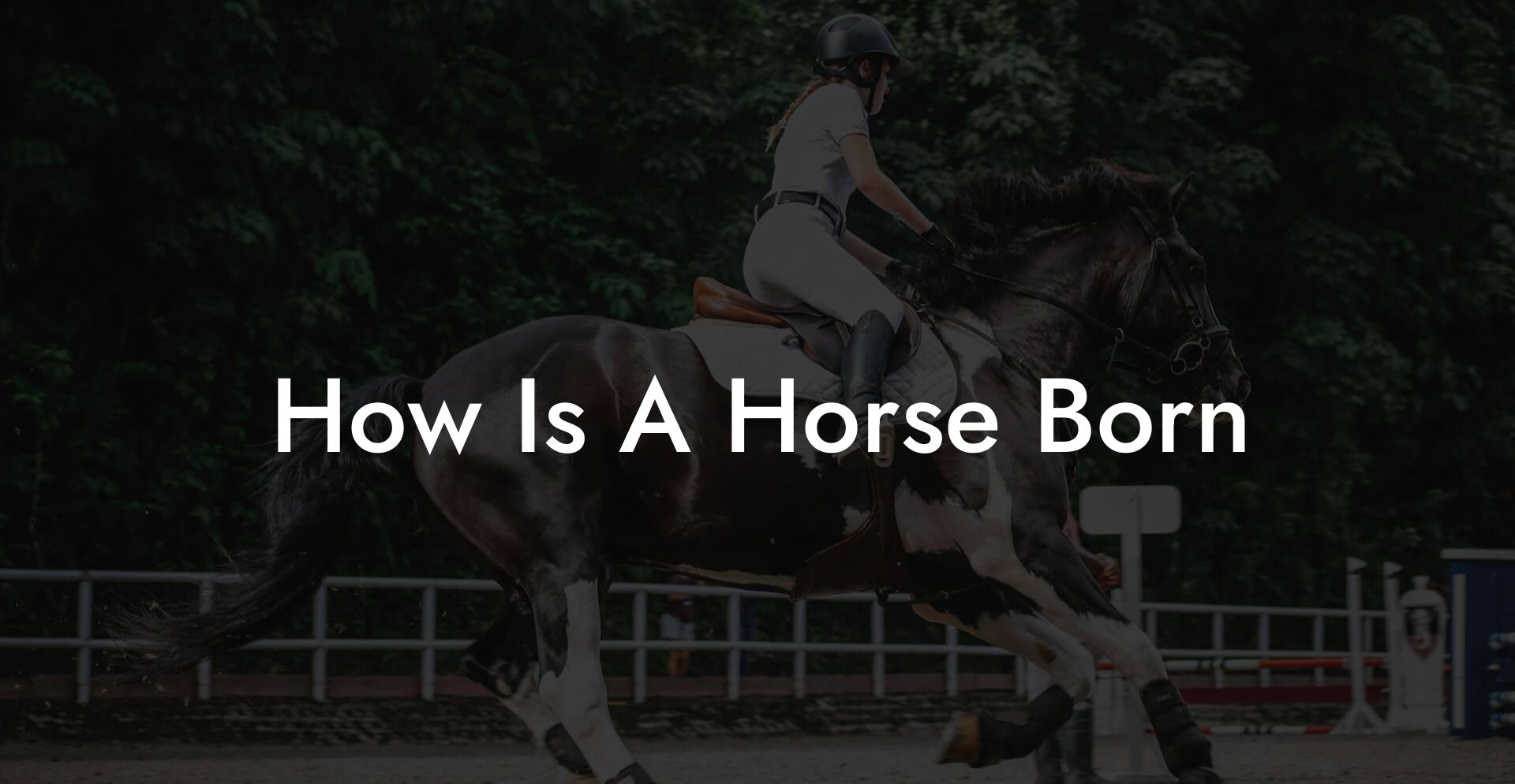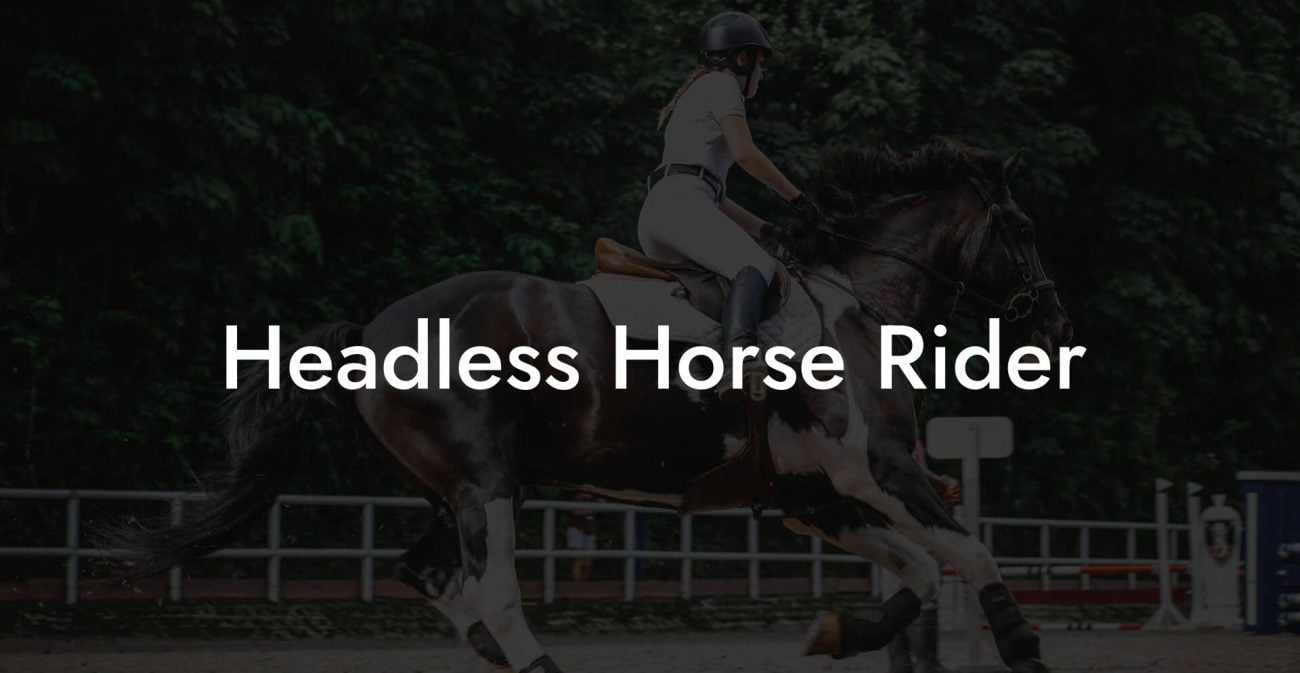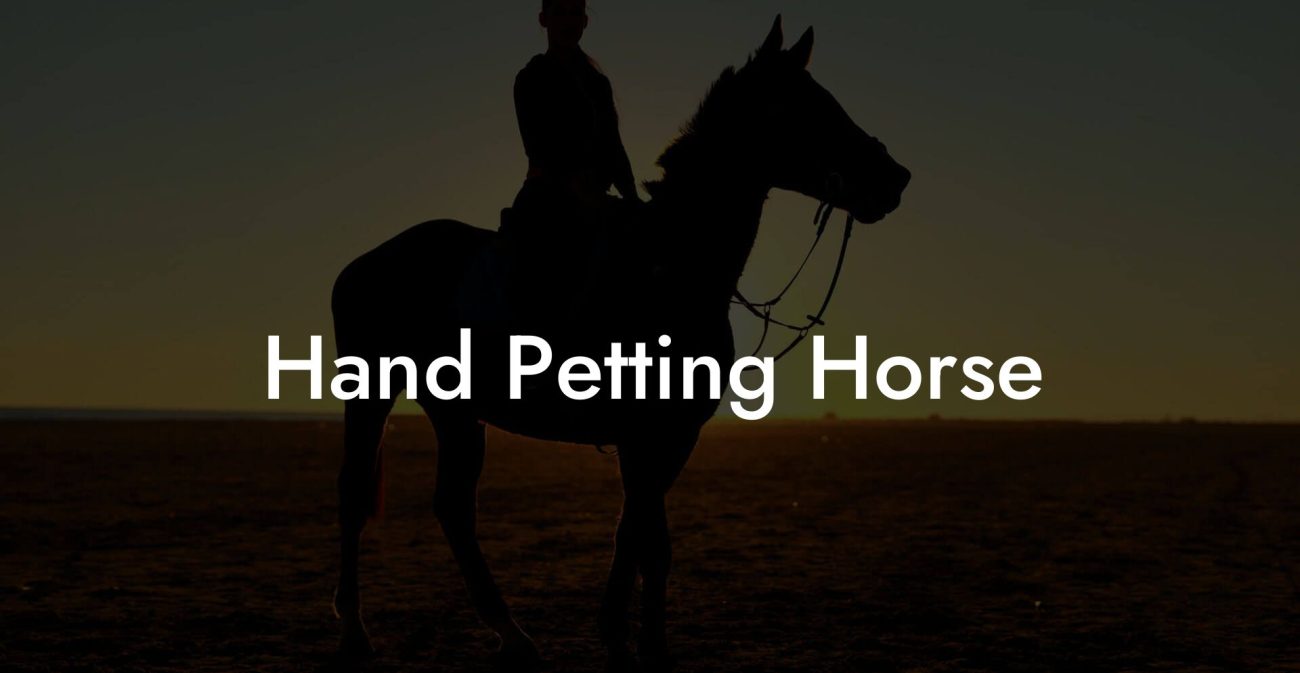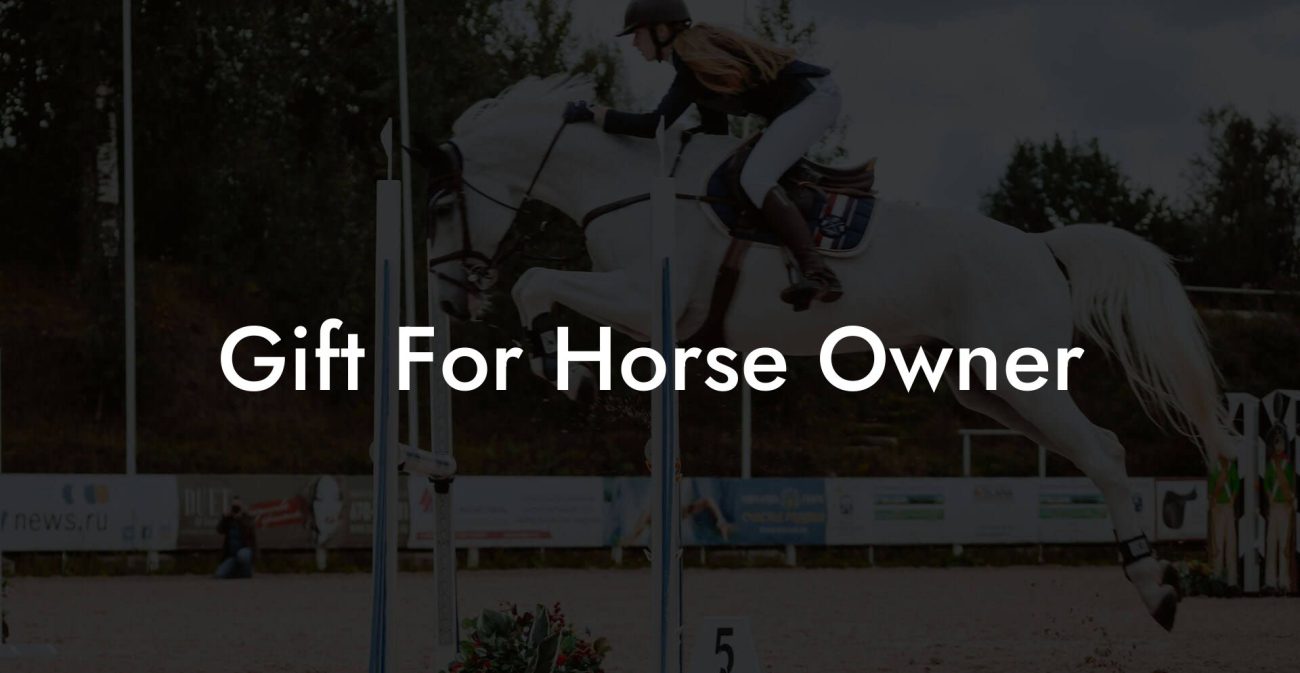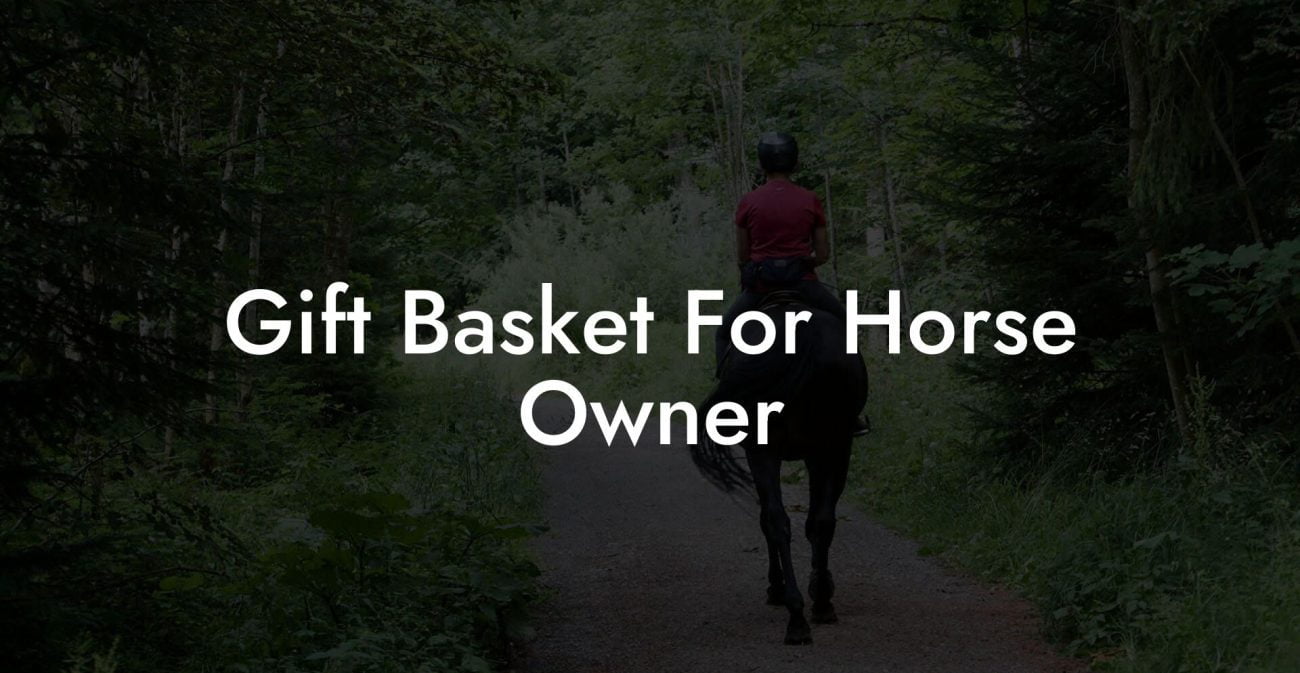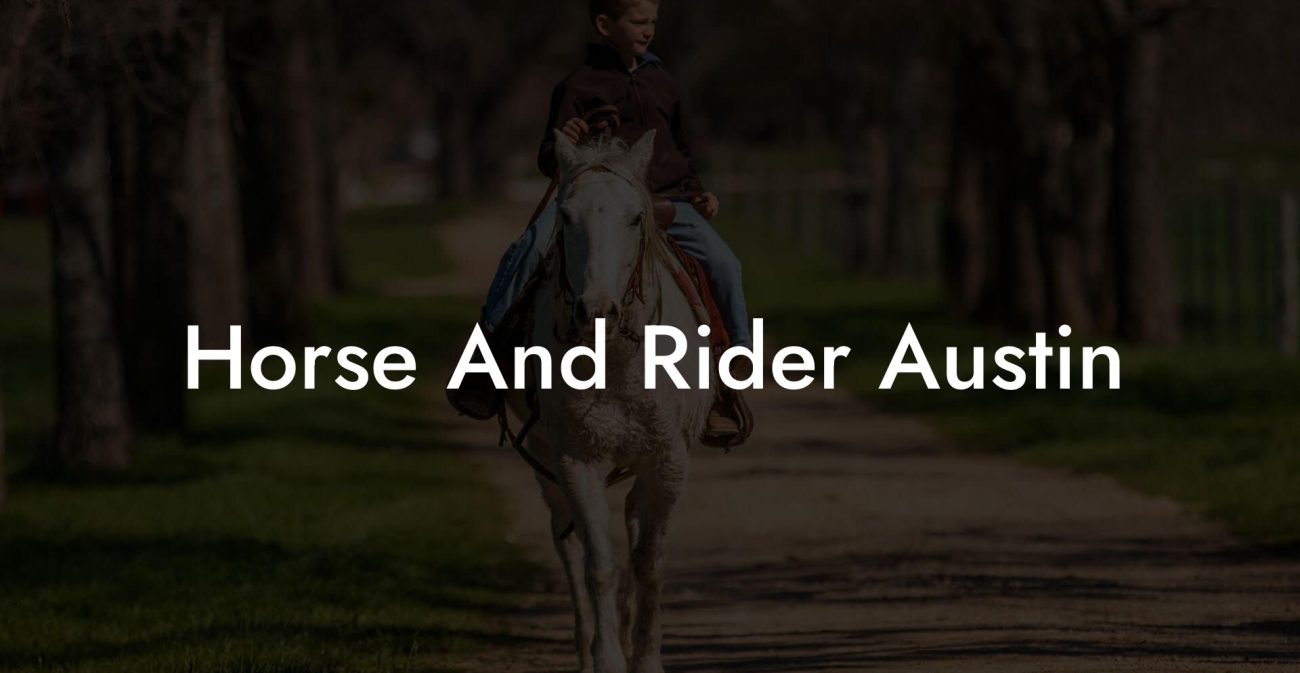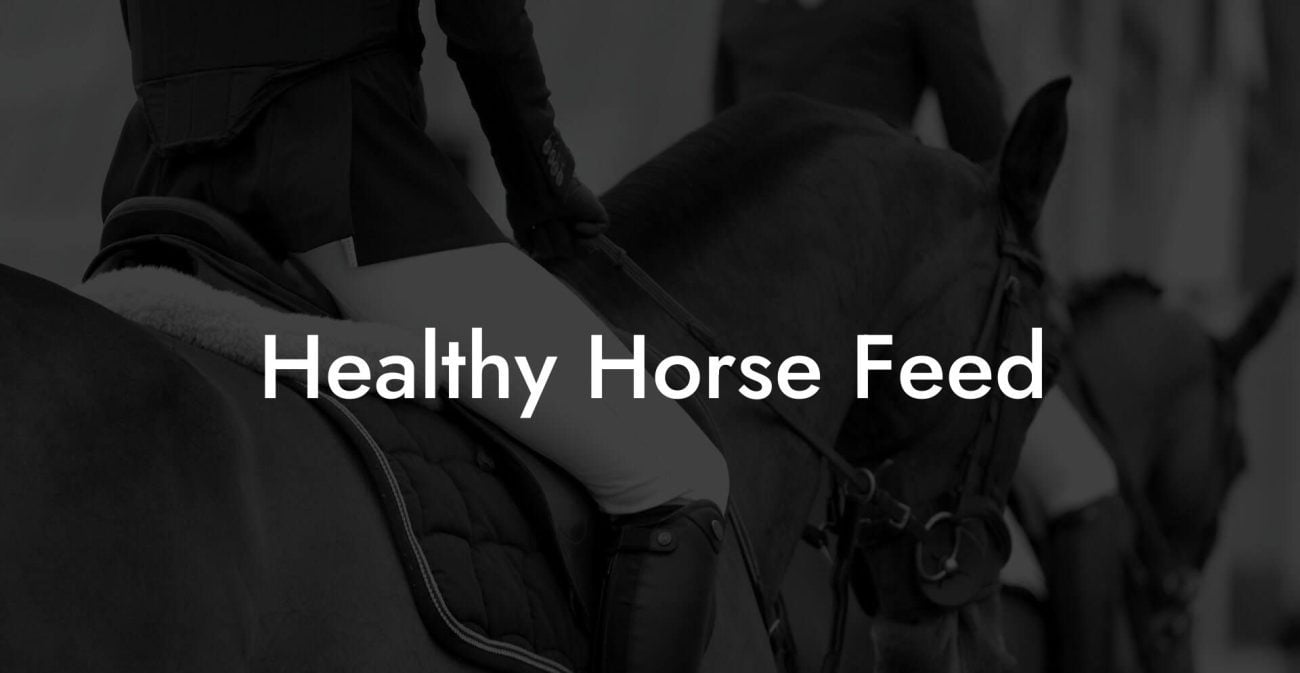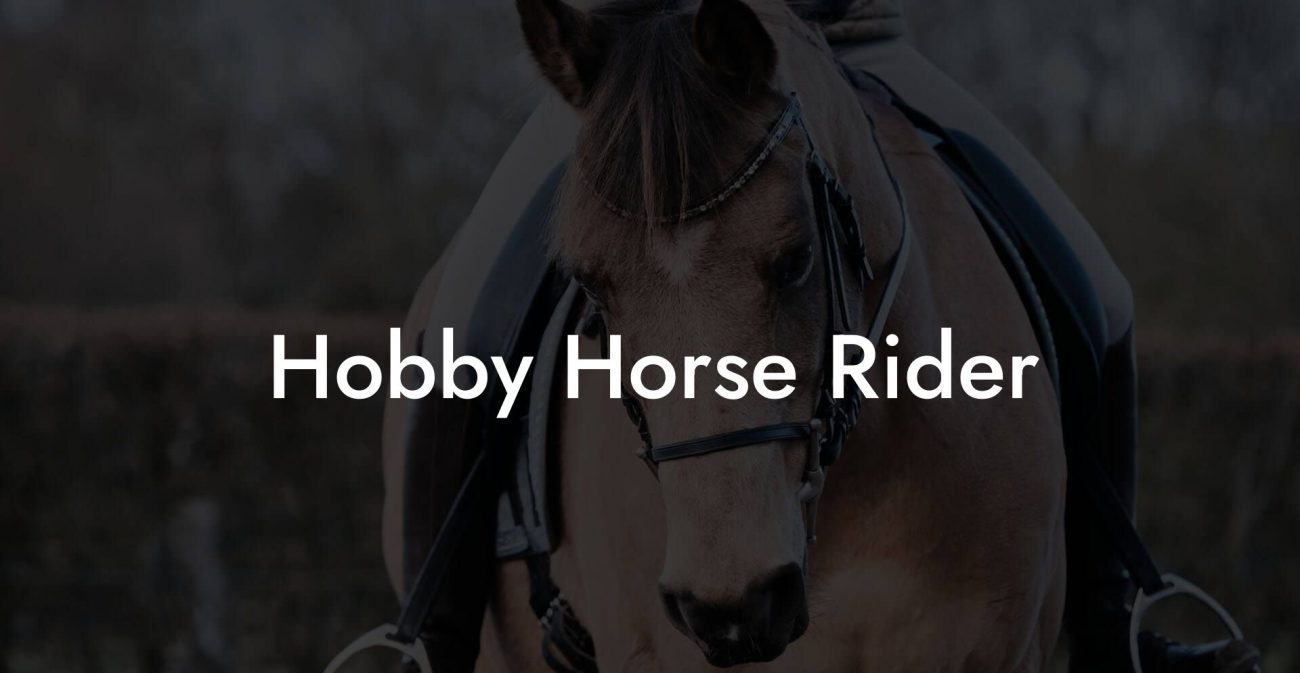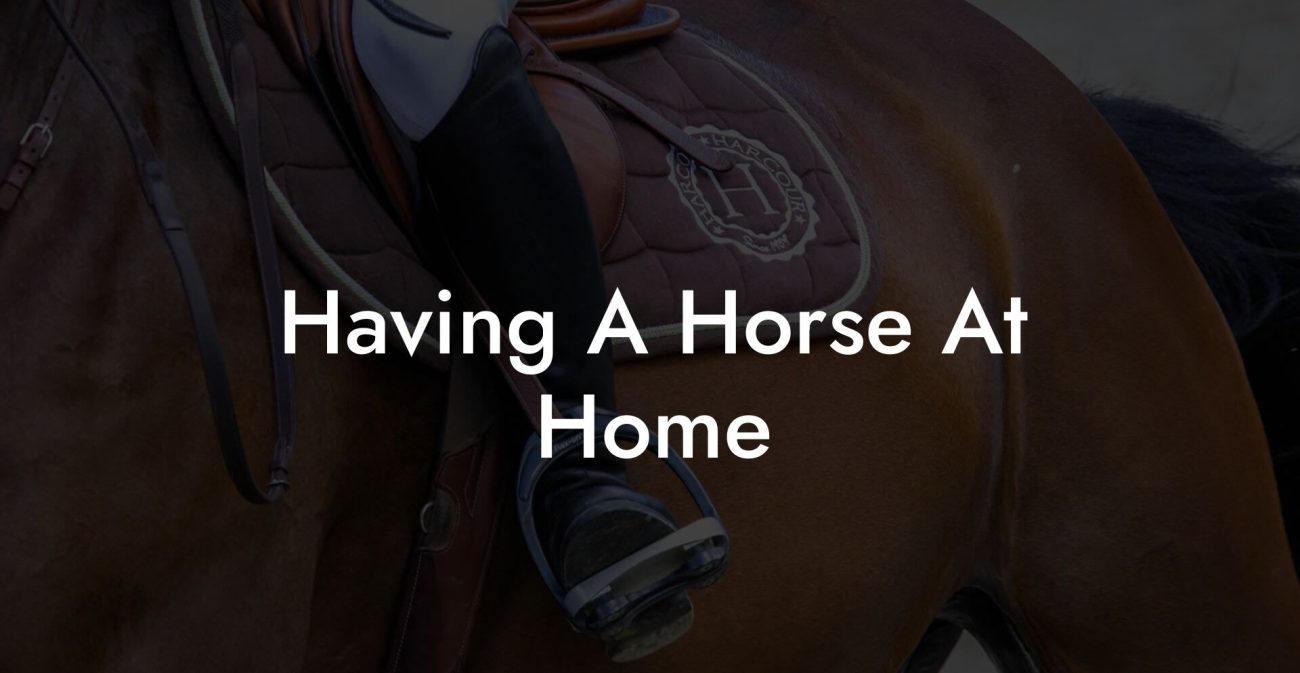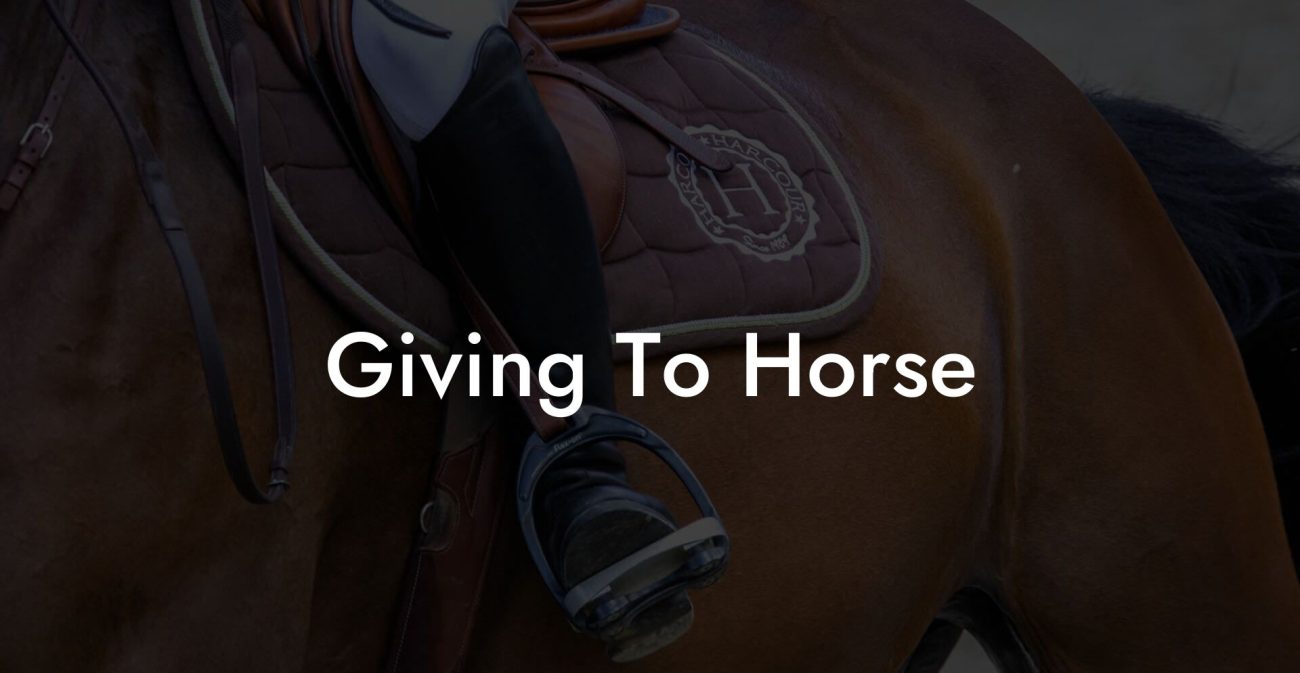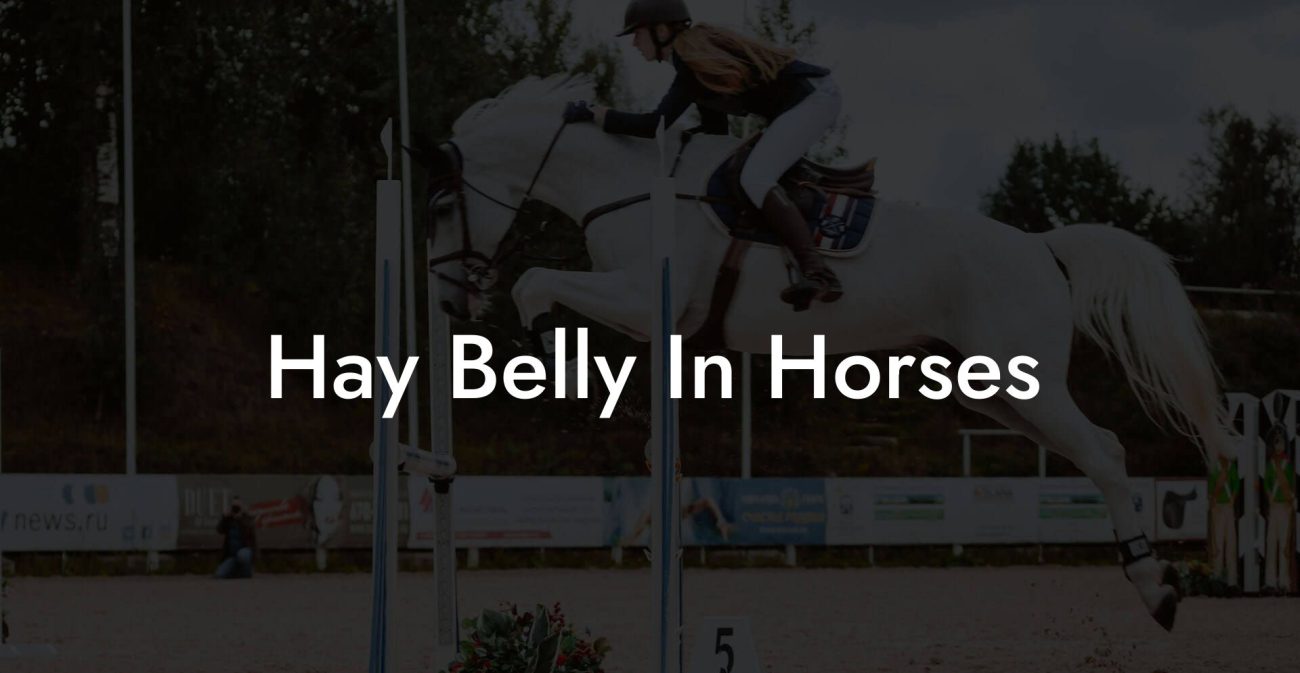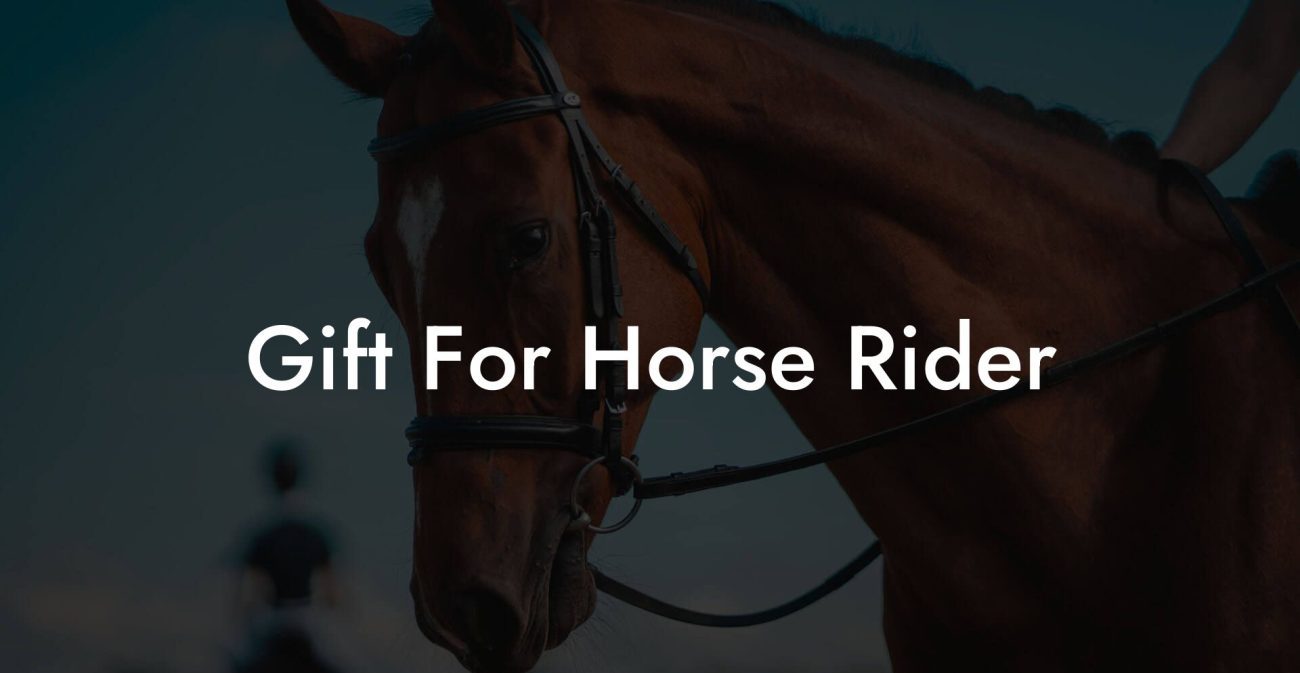From the thunderous gallop of a herd on a sun-drenched plain to the gentle, magical moment when life emerges in a flurry of soft whinnies and nervous excitement, the birth of a horse is nothing less than Mother Nature’s epic mixtape of power, grace, and raw emotion. Whether you’re a seasoned equestrian or a Gen-Z newbie diving into the world of horse care, understanding how a horse is born is like unlocking the backstage pass to one of nature’s finest performances.
Quick Links to Useful Sections
- Understanding Equine Reproduction: The Basics
- The Mare’s Reproductive Cycle: Setting the Stage
- Pregnancy in Horses: The Longest Ride
- The Foaling Process: When Life Takes Center Stage
- Stage 1: Preparations and Contractions
- Stage 2: The Birth Itself
- Stage 3: The Immediate Post-Birth Moments
- Key Factors in a Healthy Foaling Process
- Veterinary Assistance and Monitoring
- Environmental Considerations
- Emotional and Social Support
- The First Hours: Initial Foal Care and Bonding
- Foal Care 101: Nourishment, Safety, and Socialization
- Supporting a Mare During and After Foaling
- Natural vs. Assisted Foaling: Weighing the Options
- Embracing Modern Equine Care With Traditional Wisdom
- Resources and Community Support: Your Next Steps
- Integrative Case Studies: Real-Life Equine Miracles
- Case Study 1: A Foal’s Miraculous Early Stand
- Case Study 2: Navigating a Difficult Delivery With Grace
- Case Study 3: A Community Rallying Around a First-Time Mare
- Crafting Your Own Equine Reproduction Strategy
- Step 1: Learn the Science and the Stories
- Step 2: Build a Trusted Network
- Step 3: Prepare Your Environment
- Step 4: Document, Monitor, and Adjust
- Step 5: Celebrate Every Victory
- Equine FAQs: Your Burning Questions Answered
- Your Journey to Equine Enlightenment
Understanding Equine Reproduction: The Basics
Horses have a reproductive system as robust and enchanting as their spirited personalities. The process of equine reproduction is a journey that begins well before the foal makes its grand debut. At its core, it all starts with the mare, the unsung heroine who transforms her body into a nurturing sanctuary for her future foal.
In equine terms, reproduction is a harmonious blend of biology, timing, and yes, a bit of luck. Topics such as “equine reproduction,” “mare cycle,” “pregnancy in horses,” and “foaling” often pop up in conversations at stables and on social media feeds dedicated to horse lovers. This isn’t just about nature doing its thing; it’s about understanding a process that can empower you to care better for your four-legged friends.
Modern research, coupled with traditional knowledge passed down through generations of horse whisperers, shows that the reproductive journey of horses is as intricate as a masterfully choreographed dance. Keep reading to learn the moves involved in this captivating ballet.
The Mare’s Reproductive Cycle: Setting the Stage
A horse’s life may seem like a carefree trot across an open field, but when it comes to reproduction, precision and timing are everything. The mare’s reproductive cycle usually lasts about 21 days, yes, you read that right, 21 days of anticipation during which her body prepares for the possibility of new life.
The Estrous Cycle: Just like our favorite binge-worthy series with seasonal twists, the mare’s estrous cycle unfolds in phases. The heat cycle, when she is fertile, is known as “estrus” and lasts approximately 5 to 7 days. During this time, hormones surge, making the mare receptive to the stallion’s advances.
Ovulation: The climax of the cycle occurs during ovulation, when an egg is released and awaits fertilization. This crucial moment, akin to that epic drop in a music festival, determines whether the journey to foaling will continue. In the wild or in controlled breeding programs, careful monitoring of ovulation is key to successful mating.
Post-Ovulation: Once the egg is fertilized by the stallion’s sperm, the real magic begins. By understanding the mare’s cycle, breeders can optimize the timing of natural mating or artificial insemination, ensuring that the pregnancy progresses smoothly.
For those intrigued by equine biology, delving into the nuances of the mare’s reproductive cycle is as satisfying as decoding your favorite meme, a mix of science, art, and pure serendipity.
Pregnancy in Horses: The Longest Ride
When a mare becomes pregnant, her body embarks on a 11-month journey (approximately 340 days) of transformation and growth, culminating in the arrival of a foal. That’s nearly a year of nurturing, adapting, and preparing, a timeline that can feel both awe-inspiring and, let’s face it, a little bit nerve-wracking if you’re a first-time horse owner.
Trimester Insights: Just like many college courses, the mare’s pregnancy can be broken down into three trimesters. During the first, hormonal changes set the stage, creating a nurturing environment for future development. In the second, the embryo transforms into a fetus, with organs developing and growing at a pace that would make any time-lapse video jealous. The final trimester is all about putting the finishing touches on this masterpiece, as the mare’s body maximizes its capacity to support life.
nutrition and Care: Throughout pregnancy, the mare’s diet plays a crucial role. Feed high-quality forage, balanced grains, and necessary supplements to ensure that both the mare and the growing fetus receive all the essential nutrients. Hydration, of course, is equally critical, a well-hydrated mare is a happy mare, and her foal’s chances of health and vitality skyrocket with proper maternal care.
Regular Check-Ups: Just as you wouldn’t skip your annual health check, regular veterinary visits are a non-negotiable part of managing a mare’s pregnancy. Veterinarians will monitor the mare’s health, check the growth of the fetus through ultrasounds, and assist in identifying any potential complications early on. This proactive approach is essential for reducing risks during foaling.
With the right blend of nutrition, care, and veterinary support, the mare’s pregnancy becomes a testament to the stunning interplay between biology and nature’s nurturing instincts.
The Foaling Process: When Life Takes Center Stage
Foaling is the crescendo of the mare’s pregnancy, a dramatic, yet natural, event where science meets spectacle. Much like your favorite viral video that captures an unexpected twist, foaling is a moment that can be both exhilarating and a tad anxiety-inducing.
In most cases, foaling takes place without complications, often during the night when the mare is in a familiar, quiet setting. The process usually unfolds in three distinct stages:
Stage 1: Preparations and Contractions
The first stage is all about get-ready-to-welcome-a-foal. As the mare’s body signals the impending arrival, she may exhibit signs such as restlessness, pawing at the ground, and sweating, a bit like you before an exam. Contractions begin as her body prepares to push the foal out, and this stage can last a few hours.
Stage 2: The Birth Itself
When the moment is right, the actual birthing process starts. The foal is usually born front feet first, though some breeds may present in a breech position. This is the part where nature truly gets to show off its prowess; a combination of calculated force and instinct guides the process as the foal emerges, often within minutes after significant contractions.
It’s crucial for the mare to stay calm during this stage. The presence of a trusted veterinarian or an experienced horse caretaker can be the difference between a smooth delivery and a stressful experience.
Stage 3: The Immediate Post-Birth Moments
Once the foal is born, the real magic begins. The mare’s first priority is to ensure that her newborn is breathing and kicking off its independent life. A burst of activity follows, with the foal standing, sometimes wobbly at first, within an hour of birth. This rapid transition from the womb to the world is nothing short of miraculous.
During this stage, the initial bonding between the mare and her foal occurs, setting the foundation for socialization, nourishment, and training in the days and months ahead.
While nature orchestrates each detail with precision, human intervention is sometimes necessary. It’s essential to monitor the mare closely before, during, and after foaling. If complications arise, such as prolonged labor or difficulty in expelling the foal, professional help should be summoned immediately.
Key Factors in a Healthy Foaling Process
Just like any epic performance, a flawless foaling rests on several backstage elements that include medical preparedness, proper environmental setup, and the emotional readiness of everyone involved.
Veterinary Assistance and Monitoring
Even in the most natural of conditions, the presence of an experienced veterinarian is critical. Regular check-ups during pregnancy and real-time monitoring during foaling act as safeguards against potential risks. Veterinarians provide essential support by:
- Conducting pre-foaling examinations to assess the mare’s condition and detect anomalies.
- Offering guidance on nutritional adjustments and appropriate exercise regimens.
- Being on call during the foaling process to intervene in case of breech presentation or excessive labor duration.
- Providing post-foaling care to ensure that both the mare and foal recover swiftly.
Environmental Considerations
The right setting can greatly influence a mare’s comfort levels during labor. Here are several environmental factors to keep in mind:
- Familiar and Quiet Surroundings: A calm and secure environment helps reduce stress levels, which is beneficial in avoiding complications.
- Clean and Dry Bedding: Ensuring that the foaling area is clean and free from debris minimizes the risk of infection and injury.
- Proper Lighting: Adequate yet soft lighting can help caretakers monitor the process without startling the mare.
- Accessibility: The foaling site should be easily accessible for the veterinarian and support team in case of emergencies.
Emotional and Social Support
While horses are known for their independent spirits, they are also deeply social creatures. Emotional support during foaling is not just a comforting add-on, it’s essential. The presence of a trusted caretaker or companion animal can provide reassurance to a stressed mare, enhancing her overall experience.
For those navigating the world of equine care, understanding these key factors can elevate your ability to support not only the mare but also the entire process surrounding a healthy foaling.
The First Hours: Initial Foal Care and Bonding
As the new foal takes its first tentative steps, the initial hours set the tone for a lifetime of health and bonding. It’s a time filled with excitement, tender moments, and crucial care steps. Newborn foals, often described as miniature miracles, require dedicated attention in their first hours of life.
Standing and Nursing: One of the most remarkable aspects of foaling is how quickly the foal manages to stand and nurse. Within the first hour, most foals can rise, driven by an instinct that ensures they receive vital colostrum, a nutrient-dense first milk loaded with antibodies. This colostrum is their superhero serum, protecting them from infections and jump-starting their immune system.
Bonding with the Mare: The initial bonding process between mare and foal is much like the first Instagram post of an influencer, it sets the stage for a story of trust, care, and social learning. As the mare licks and nudges her foal, this physical contact not only cleanses but cements their mutual trust, reinforcing the foal’s sense of security.
Observation and Health Checks: During these early hours, attentive caretakers should monitor the foal closely. Look out for any signs of distress such as labored breathing or an unusual limp. Keeping records of the foal’s weight, temperature, and overall responsiveness can help veterinarians track its progress during this critical recovery period.
Ensuring that the foal receives proper early care is essential. It’s not just about survival; it’s about setting the foundation for optimal growth, socialization, and a lifetime of vibrant health. Any early intervention can make a world of difference, much like the mentor who inspires a Gen-Z entrepreneur at the very start of their journey.
Foal Care 101: Nourishment, Safety, and Socialization
Caring for a newborn foal goes beyond the hospital-like setting of a foaling barn, it’s a full-scale lifestyle. For anyone interested in horse care, understanding the delicate balance between nourishment, safety, and socialization is paramount.
Nutritional Essentials: After the initial burst of colostrum, foals transition to regular nursing along with a gradual introduction to hay and grain. The quality of their diet is critical, and fellow horse enthusiasts often emphasize keywords like “foal nutrition” and “healthy foal feeding practices.” High-quality milk from the mare should serve as the primary feed for the first few months, supplemented by a balanced diet as they grow.
Environment and Safety: Just as digital content creators curate safe and engaging online spaces for their audiences, foals need a controlled, hazard-free environment to explore and grow. Ensure that their living quarters are secure, with a soft bedding area that minimizes the risk of injuries. Regular cleaning and vigilance against potential toxins or harmful obstacles are critical steps in preserving their well-being.
Early Socialization: Foals are naturally curious and social. Early interactions with other horses help develop their social skills, teaching them hierarchies, boundaries, and cooperative behavior. Supervised play sessions in a secure pasture not only provide exercise but also nurture a sense of community, a cornerstone for horses that will eventually join larger herds.
Routine Health Checks: Just as Gen-Z and millennials trust their favorite wellness apps to track everything from sleep to step count, regular veterinary check-ups and deworming routines are essential for a foal’s health. Early detection of any health issues can ensure prompt treatment and a smooth developmental journey.
Foal care is a blend of tender nurturing and practical vigilance. By integrating the latest equine nutritional science with the time-honored traditions of horse care, you set your foal up for a future of strength, vitality, and unbridled joy.
Supporting a Mare During and After Foaling
The mare, the true star of the show, deserves just as much attention during and after foaling as the foal itself. Caring for a mare involves not only post-foaling recovery but also ongoing health check-ups, proper nutrition, and emotional support.
Post-Foaling Care: Once the foal is safely into the world, the mare needs time to rest and replenish her energy reserves. Nutritional recovery is key, supplement her diet with high-quality hay, grains, and necessary minerals. Keeping an eye on her physical recovery is as vital as tracking your favorite fitness influencer’s progress.
Emotional Support: Just like humans, mares can experience a post-birth “let-down” period where they might feel overwhelmed. A calm environment, minimal external stress, and gentle, reassuring interactions from caretaker and stable mates can go a long way.
Exercise and Rehabilitation: Gradual reintroduction to physical activity helps a mare recover more efficiently. Light exercise and physical therapy, if needed, can restore strength and flexibility, ensuring that she continues to thrive both physically and mentally.
Understanding and supporting the mare’s journey, post-foaling, is imperative. The better her recovery, the smoother the transition for the foal will be, cementing a resilient bond that benefits both in the long run.
Natural vs. Assisted Foaling: Weighing the Options
Not all foalings are created equal. While most births occur naturally, certain situations call for a little human intervention. Deciding whether to allow a natural foaling or opt for assisted delivery is a decision that can weigh heavily on even the most experienced horse owners, and it’s filled with jargon like “dystocia” (a fancy term for difficult birth).
Natural Foaling: In the vast majority of cases, mares give birth without any help. Natural foaling allows for an organic process where the mare’s instincts guide every move. This process, lauded by many horse enthusiasts, hinges on a calm, controlled environment and the mare’s innate ability to handle the process.
Assisted Foaling: When complications arise, such as an abnormal presentation of the foal or prolonged labor, assisted foaling steps in. Here, the expertise of veterinarians and experienced horse handlers become invaluable. Techniques may include gentle traction, the use of obstetrical instruments, or even a cesarean section in extreme cases. Modern equine technology and medical protocols ensure that both mare and foal can weather these storms, emerging as champions at the finish line.
In the debate between natural and assisted foaling, the ultimate goal remains the same: the safety and well-being of both mare and foal. The decision is best made on a case-by-case basis, considering the mare’s history, the foaling environment, and real-time veterinary assessments.
Embracing Modern Equine Care With Traditional Wisdom
Today’s horse caretakers are savvy, informed, and ready to embrace both the science of the modern age and the timeless wisdom of natural processes. Whether you’re scrolling through TikTok for quick equine tips or diving deep into veterinary research, balancing modern equine care with traditional practices is the way forward.
Semantically relevant keywords like “equine health,” “horse birth care,” “foal management,” and “mare recovery” are trending topics among a generation that values both authenticity and cutting-edge solutions. Social media communities, online forums, and digital workshops are excellent platforms for sharing experiences, troubleshooting challenges, and celebrating the miracle of foaling.
Incorporating technology such as wearable health monitors for horses, mobile apps for tracking foal development, and virtual consultations with equine professionals, empowers you to make data-driven decisions while keeping the human touch intact. This integrative approach not only boosts confidence in your horse care skills but also builds a community of supportive, like-minded individuals who are passionate about animal welfare.
Resources and Community Support: Your Next Steps
Ready to dive deeper into the world of equine care? There’s an abundance of resources waiting for you, ranging from online forums and social media groups to professional associations and local equestrian clubs. Whether you're looking for detailed guides on foal nutrition, advice on preparing your barn for foaling season, or simply a community of fellow horse enthusiasts who get your love for these magnificent creatures, the world is your pasture.
Veterinary Networks: Look for local equine veterinary services specializing in reproduction and foaling. Many practices offer free initial consultations and foaling support plans, ensuring you’re never alone on this journey.
Online Forums and Social Media: Platforms like Reddit, Instagram, and Facebook host dedicated groups where experienced breeders, equine nutritionists, and first-time horse owners share tips, success stories, and troubleshooting advice. Engaging with these communities is a fantastic way to stay updated on modern practices and trending challenges.
Educational Workshops: Attend workshops and webinars on equine reproduction, foaling techniques, and even equine first aid. Many renowned equine centers offer online courses that can boost your knowledge and confidence in caring for a mare and her foal.
Local Equestrian Clubs: Joining a club can provide hands-on learning opportunities, access to experienced mentors, and a chance to participate in group events that celebrate horse culture. These clubs often organize events during foaling season, where you can see live demonstrations and get invaluable insights from professionals.
Taking your knowledge to the next level means embracing both digital and face-to-face communities. The support you gain from these resources will enhance your journey, ensuring you can care for your horses with confidence and compassion.
Integrative Case Studies: Real-Life Equine Miracles
Sometimes the best proof of a process lies in the real-life stories of horses who’ve defied the odds. Here are a few inspiring case studies that highlight the magic and resilience inherent in equine reproduction:
Case Study 1: A Foal’s Miraculous Early Stand
Bella, a gentle mare with a history of nervous foalings, was closely monitored during her pregnancy. With the careful guidance of an experienced equine veterinarian and the supportive presence of her herd, Bella delivered a foal that surprised everyone by standing just 35 minutes after birth. This early stand not only showcased her innate strength but also reassured the caretakers that all was well, even as her tiny foal wobbled adorably into the world.
Case Study 2: Navigating a Difficult Delivery With Grace
Rocky, known for his sometimes unpredictable temperament, experienced complications during foaling. The situation demanded assisted delivery, where veterinarians stepped in promptly. With expert intervention and a calm, supportive environment, both mare and foal emerged healthy and spirited. This case underscores how preparedness and modern veterinary techniques can rescue a challenging birth, turning potential disaster into a story of triumph.
Case Study 3: A Community Rallying Around a First-Time Mare
Luna, a first-time mare, had the full support of her equestrian community as she embarked on the journey of pregnancy. With advice from seasoned horse owners available online and in person, Luna’s foaling was a true community event. The collaborative support ensured that every step, from nutritional adjustments to environmental setups, was meticulously planned, allowing Luna and her foal to thrive and become the pride of their local stable.
These case studies illustrate that whether through natural instincts or assisted methods, the spirit of equine reproduction is filled with dramatic twists and heartwarming recoveries. They remind us that every foaling is a unique narrative of nature, nurture, and the inexorable human desire to care for our animal companions.
Crafting Your Own Equine Reproduction Strategy
If you’re inspired by these stories and fascinated by the biological marvel of foaling, it’s time to chart your own course in equine care. Crafting a personalized strategy involves several key steps:
Step 1: Learn the Science and the Stories
Immerse yourself in the science behind equine reproduction. Read up on mare cycles, foal development, and advanced reproductive techniques. Simultaneously, listen to the stories of fellow horse lovers, both online and offline, to understand the practical aspects of care.
Step 2: Build a Trusted Network
Assemble a support team that includes a reliable equine veterinarian, experienced breeders, and knowledgeable caretakers. This network is not only invaluable for emergencies but also serves as a critical resource for continuing education.
Step 3: Prepare Your Environment
Whether you’re managing a full-scale stable or caring for a single horse at home, ensure that your facilities are primed for foaling season. From regular maintenance of the foaling area to investing in high-quality bedding and safety equipment, a well-prepared environment is the foundation of success.
Step 4: Document, Monitor, and Adjust
Keep meticulous records of your mare’s health, her reproductive cycle, and any interventions during foaling. This documentation will help you track progress, make informed decisions, and share insights with your network. Like a fitness tracker for your horse, it provides data-driven insights that can be invaluable down the road.
Step 5: Celebrate Every Victory
Every foal that successfully takes its first steps and every mare that recovers gracefully is a victory. Celebrate these moments, share your experiences on social media, and let your story inspire others in the equine community.
Crafting your own equine reproduction strategy is about embracing the full spectrum of knowledge, from hard science to heartfelt stories. With the right plan in place, you’re not only ensuring the safety and well-being of your horses; you’re also joining a vibrant community that appreciates the awe and wonder of life itself.
Equine FAQs: Your Burning Questions Answered
Here are some of the most commonly asked questions about equine reproduction and foaling, perfect for curious minds who want to delve deeper into the miracle of a horse’s birth:
1. How long is a mare pregnant?
A mare’s pregnancy typically lasts about 11 months, or roughly 340 days, though slight variations can occur.
2. What are the signs of impending foaling?
Signs include restlessness, sweating, reduced appetite, changes in behavior (like pawing or frequent circling), and sometimes a drop in body temperature.
3. How soon after birth does a foal stand?
Most foals stand within 30 to 60 minutes after birth, thanks to their innate drive to start breathing and engage with their environment.
4. Is assisted foaling safe for both the mare and the foal?
Yes, with the intervention of skilled veterinarians and experienced caretakers, assisted foaling is a safe and effective option when complications arise.
5. How important is colostrum in a foal's first meal?
Colostrum is vital, it provides essential antibodies and nutrients that help protect the foal against infections and kickstart its immune system.
6. Can I prepare my own foaling area at home?
Absolutely. Many horse owners successfully create safe, clean, and comfortable foaling environments at home with careful planning and adherence to veterinary guidelines.
7. What nutritional adjustments are required for a pregnant mare?
A pregnant mare benefits from high-quality forage, appropriate grains, and essential supplements that ensure she and her developing foal receive the nutrients they need.
8. How can I monitor the mare's pregnancy at home?
Regular veterinary check-ups, observation of her behavior, and using ultrasound technology (if available) are great ways to keep tabs on her progress.
Your Journey to Equine Enlightenment
Embracing the journey of equine reproduction is not just a matter of understanding biological processes, it’s about celebrating life, resilience, and the intricate bond between humans and horses. Whether you’re managing a bustling stable or nurturing a single beloved mare and her foal, each step in the process is an opportunity to learn, adapt, and grow.
Every hoofbeat, every gentle whinny of a newborn, and every shared moment of calm between mare and foal tells a story of nature’s unwavering commitment to life. By integrating modern veterinary care with holistic support and old-school wisdom, you’re not only ensuring the well-being of your horses, you’re also participating in a centuries-old tradition that uplifts the human spirit.
Let the wonders of foaling inspire you to deepen your equine knowledge, join thriving communities, and celebrate every passing season with the confidence that comes from understanding the spectacular process behind “How Is A Horse Born.” This journey is yours to explore, full of passion, science, and a playful spirit that resonates with every horse enthusiast.
So, whether you’re a seasoned equestrian or a curious newcomer, remember that every foal’s first breath is a reminder of nature’s ultimate promise: renewal, hope, and boundless possibility. Embrace the adventure, share your stories, and let the legacy of equine wonder continue to inspire you for years to come.

